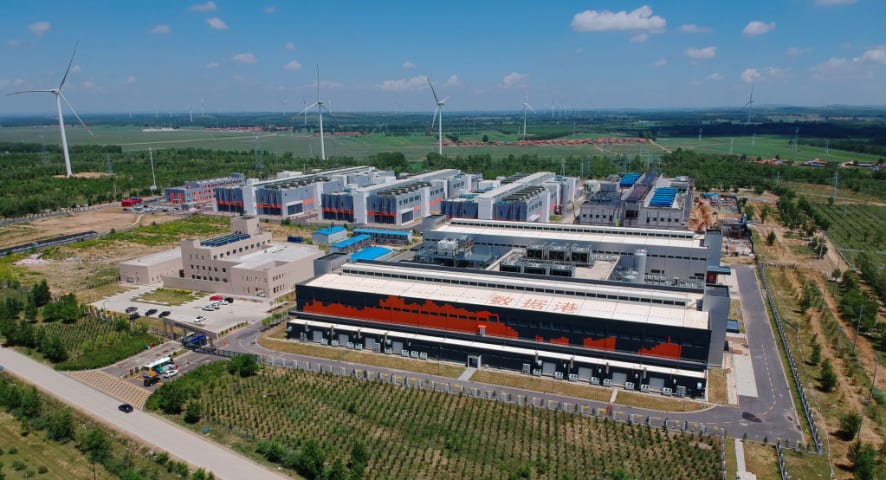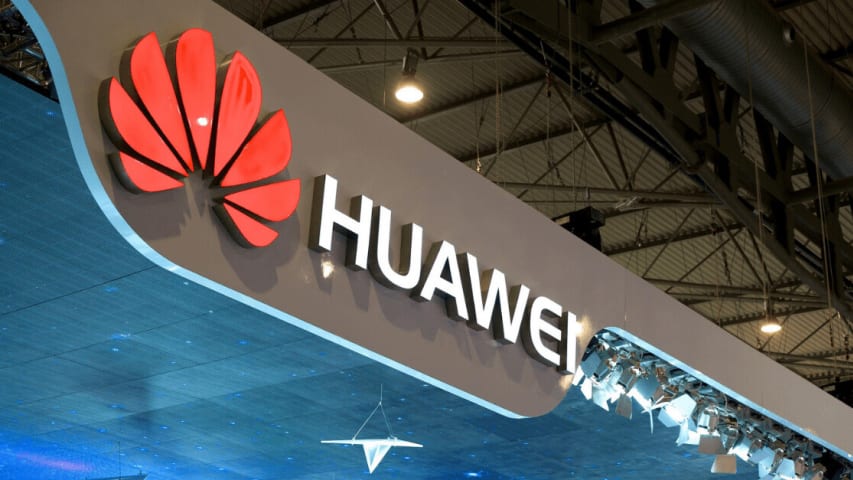概要: 複数の中国企業が特許出願により、人種による人物判別が可能な顔認識技術を開発していることが明らかになったが、批評家らはこれがウイグル族イスラム教徒への迫害や差別を可能にするのではないかと懸念している。
Risk Subdomain
A further 23 subdomains create an accessible and understandable classification of hazards and harms associated with AI
1.1. Unfair discrimination and misrepresentation
Risk Domain
The Domain Taxonomy of AI Risks classifies risks into seven AI risk domains: (1) Discrimination & toxicity, (2) Privacy & security, (3) Misinformation, (4) Malicious actors & misuse, (5) Human-computer interaction, (6) Socioeconomic & environmental harms, and (7) AI system safety, failures & limitations.
- Discrimination and Toxicity
Entity
Which, if any, entity is presented as the main cause of the risk
Human
Timing
The stage in the AI lifecycle at which the risk is presented as occurring
Pre-deployment
Intent
Whether the risk is presented as occurring as an expected or unexpected outcome from pursuing a goal
Intentional
インシデントレポート
レポートタイムライン
Loading...

Chinese tech giants have drawn international criticism after research showed they have technologies that enable the authorities to profile Muslim Uyghurs.
The cloud computing unit of Alibaba, Alibaba Cloud, developed a facial recognition al…
Loading...

A Huawei patent that mentions AI-powered identification of Uighur people and other ethnic groups has been discovered.
The patent was exposed by video surveillance research group IPVM, the same organization that had previously spotted refere…
バリアント
「バリアント」は既存のAIインシデントと同じ原因要素を共有し、同様な被害を引き起こし、同じ知的システムを含んだインシデントです。バリアントは完全に独立したインシデントと��してインデックスするのではなく、データベースに最初に投稿された同様なインシデントの元にインシデントのバリエーションとして一覧します。インシデントデータベースの他の投稿タイプとは違い、バリアントではインシデントデータベース以外の根拠のレポートは要求されません。詳細についてはこの研究論文を参照してください
似たようなものを見つけましたか?




